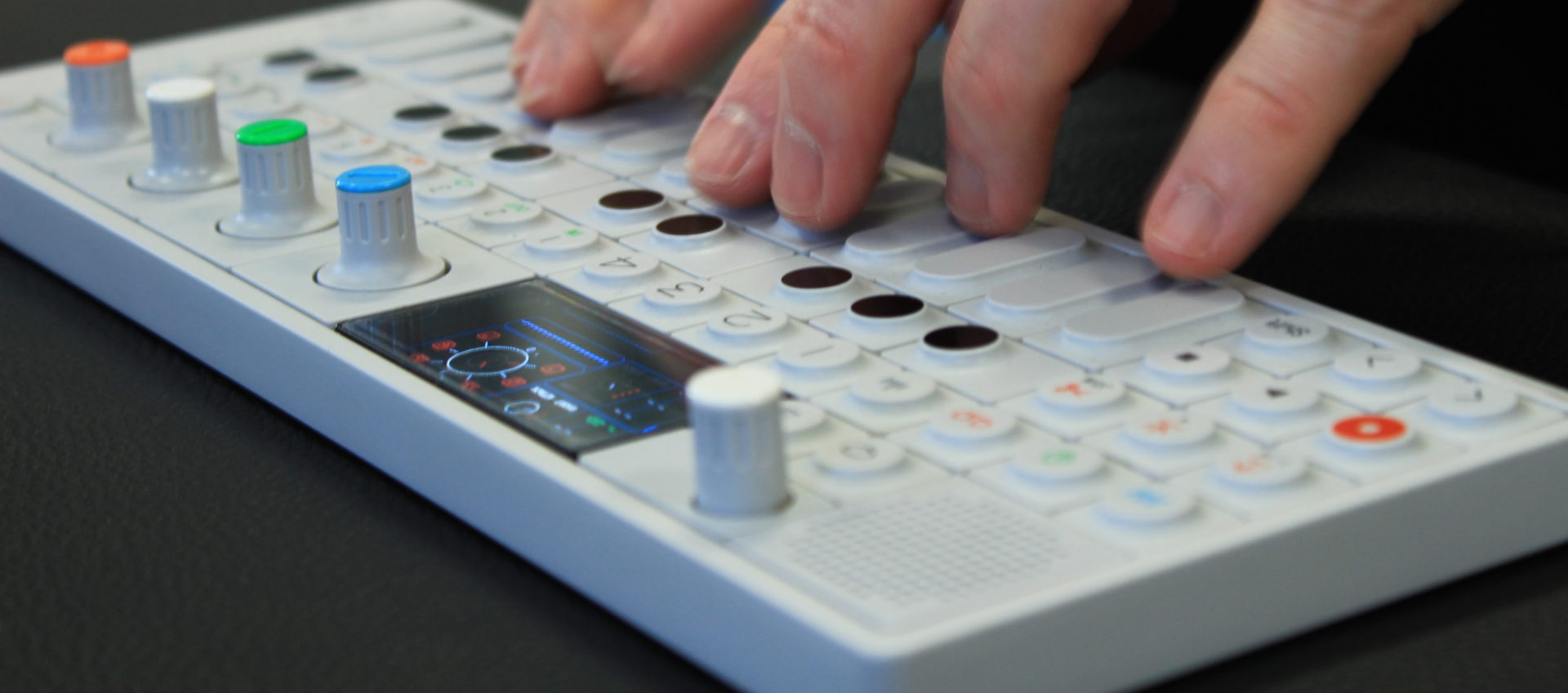This is my last post for 2011 as new jobs arise for me in 2012 as a composer/teacher and music technology presenter. I want to thank everyone who has read, commented or just looked through wrightstuffmusic.com. Keep watching this space for exciting new developments in 2012!

To finish off the year I want to draw your attention to an outstanding product entitled Musical Ear.
Musical Ear is one of the “…most efficient ways to ear train and increase your overall musical knowledge.” After spending some time with the program, searching its menus and trying out each activity I believe the makers of Musical Ear have found a winning combination of CAI (computer assisted instruction) through aural drills, composition activities, singing intervals and parts of songs, imitation and harmonic theory. I have used Auralia, Musition, EarMaster Pro and Karajan on the iPad. All of these are fantastic programs and well worth budgeting into your home studio or classroom resources. But Musical Ear has some winning features which I explored this week.
1. It is very light and quick to open
2. It contains all necessary worksheets with recordings that play very smoothly
3. It works on all platforms – for any music department (Mac or PC)
4. It has three main menus of Songs, Exercises, Theory & Terms that encompass so much musical knowledge I struggled to even attempt everything in one week.
5. The material covered in this software package is suitable for junior musicians right through to professionals. Studio teachers and classroom music educators take note!
6. It integrates all worksheets and answer sheets with Sibelius! Yes, open an exercise, click on the worksheet icon and Sibelius 6 or 7 will open up with the whole activity ready to play-back, notate upon or even print out. This is an amazing feature and I will utilize it well in my classrooms.
6. The software also contains examples of works by famous composers, popular/jazz/folk music as well as online references to material presented in each menu.

Every aspect of the program is geared towards a pedagogical goal,
rather than a score-keeping one.
Two Modes
You can use Musical Ear in two modes. Universal, which means all the worksheets are PDF’s readable/printable on any platform. Or Sibelius Mode, which allows you to view the worksheets (and answer sheets) as .Sib files using Sibelius versions 6 or 7.
Please Note, I found that when you open a Sibelius worksheet from Musical Ear it plays an MP3 of the activity rather than the Sibelius sounds. This is so that you can hear a score/exercise and dictate a melody without seeing the answers in front of you – not to mention you will hear the same recording in the main software window as performed by the creators of Musical Ear!
MusicalEar has been a joy to own and explore. If you own a studio, teach in the classroom or compose this application will do wonders for you. My listening and theory skills have improved dramatically in a single week!
Introductory Video
Very useful videos outlining pedagogical applications for your classroom/studio
One of the choral exercises featured in Musical Ear
Contact Musical Ear for your demo copy today.
Just be sure to check you have Sibelius 6/7 & other suitable computer requirements as listed on their site.
YouTube
Twitter @MusicalEarSwe
Facebook
Look out in 2012 for
1. A review of MISO Music’s Guitar Plectrum app
2. A developing Music iPad Curriculum for the classroom
3. More lessons based around The Flying Books of Morris Lessmore
4. A series of Garageband projects from remixing to Orff arrangements
5. Compositions, lessons, professional development courses and more!
Title image courtesy of Pascal \o/

From Twitter:
@MusicMamma164 Sarah Mayer
@Wrightstufmusic @MusicalEarSwe Self-guided learning in theory and ear training is invaluable to our students. This could used in many ways!
@MusicMamma164 Sarah Mayer
@Wrightstufmusic @MusicalEarSwe Ok, I wish I had had this program when I was in undergrad. I had no concept of tonality. A great tool!
Pingback: March 2012 Music Education Blog Carnival – Music Education Technology Teach music. The technology will follow.
Pingback: Inartmedia.com
Pingback: March 2012 Music Education Blog Carnival ‹ Pointcomma Inc.